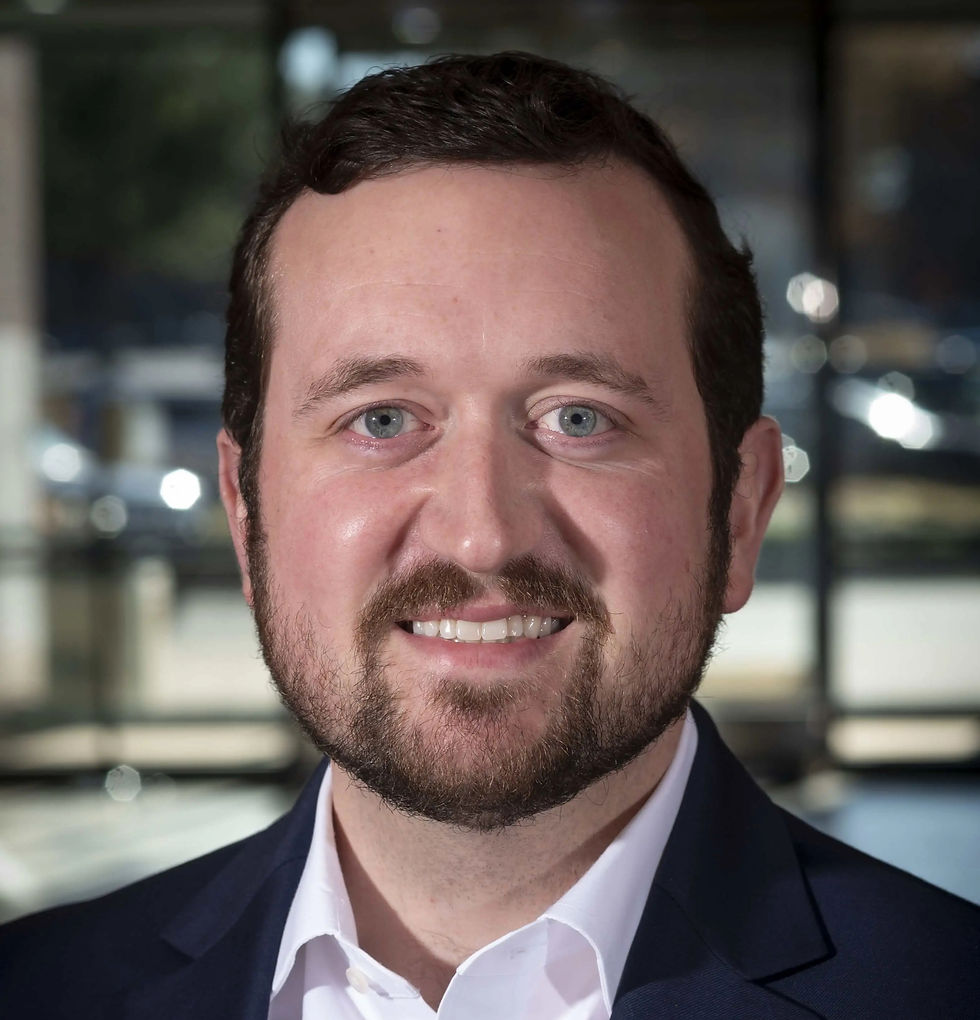What Is Private Mortgage Insurance (PMI) on a Conventional PMI
- Travis Chapman

- Jul 9
- 4 min read

When you're shopping for a home and exploring financing options, it's important to understand how Private Mortgage Insurance (PMI) works — especially if you’re planning to use a conventional loan. PMI is one of the most commonly misunderstood aspects of home financing, but it plays a key role in helping buyers purchase homes with less than 20% down.
In this guide, we’ll cover everything you need to know about PMI on a conventional loan, including what it is, how much it costs, when it’s required, and how to remove PMI when the time is right.
What Is PMI on a Conventional Loan?
Private Mortgage Insurance (PMI) is a type of insurance required by lenders when borrowers make a down payment of less than 20% on a conventional mortgage. PMI protects the lender—not the borrower—in case the homeowner defaults on the loan.
Unlike FHA loans, which come with mortgage insurance premiums (MIP) for government-backed loans, PMI is specific to conventional home loans issued by private lenders and banks.
Why Do Lenders Require PMI?
Lenders view borrowers who put down less than 20% as higher risk. PMI allows lenders to approve low-down-payment loans by shifting some of that risk to a third-party insurance company. In return, buyers can:
Qualify for a mortgage with as little as 3% to 5% down
Enter the housing market sooner
Avoid the upfront and ongoing mortgage insurance costs associated with FHA loans
How Much Does PMI Cost?
The cost of PMI varies based on several key factors:
Loan-to-Value Ratio (LTV) – The higher your LTV, the higher your PMI premium.
Credit Score – Better credit typically results in lower PMI costs.
Loan Amount and Type – Adjustable-rate loans and larger balances may come with higher premiums.
Average PMI Costs:
PMI rates range from 0.3% to 1.5% annually of the original loan amount.
For example, on a $300,000 mortgage, that’s $900 to $4,500 per year or $75 to $375 per month.
Your lender will outline your PMI costs in the Loan Estimate before closing.
How Is PMI Paid?
Most borrowers pay PMI as part of their monthly mortgage payment, but it can also be structured in other ways:
Monthly PMI – Most common; added to your monthly mortgage bill.
Upfront PMI – One-time payment at closing (may be non-refundable).
Split Premium PMI – Combines a smaller upfront cost with lower monthly payments.
Ask your lender which option works best based on your financial goals.
How to Get Rid of PMI
One of the major benefits of conventional loans is that PMI doesn’t have to last forever. Here’s how to remove PMI once you build enough equity:
1. Automatic Cancellation
Under the Homeowners Protection Act, lenders must cancel PMI when your loan balance reaches 78% of the home’s original value, as long as your payments are current.
2. Request PMI Removal at 80% LTV
You can request early cancellation once you reach 80% LTV through payments, appreciation, or renovations. Your lender may require a home appraisal to verify the value.
3. Refinance Your Mortgage
If your home value has significantly increased, refinancing can help eliminate PMI sooner—especially if it gets you under 80% LTV.
Can You Avoid PMI?
Yes, there are several strategies to avoid PMI on a conventional loan altogether:
Put 20% Down: The simplest way to bypass PMI.
Lender-Paid PMI (LPMI): Your lender pays the insurance in exchange for a higher interest rate.
Piggyback Loan (80/10/10): A second mortgage covers part of the down payment to keep your LTV under 80%.
Each option has pros and cons, so speak to a loan officer or mortgage broker to find what fits your situation best.
Final Thoughts: Is PMI Worth It?
While private mortgage insurance is an added expense, it serves a valuable purpose: it allows you to buy a home sooner without waiting to save a 20% down payment. With responsible planning, PMI can be temporary—and there are clear paths to remove it.
If you're considering a conventional loan and want to understand your PMI options, connect with a licensed mortgage professional who can help guide you based on your budget and financial goals.
How I Can Help You
When it comes time to purchase a home or refinance an existing loan, I want to help you! Hopefully articles like this give you good information and a better understanding of the mortgage world, but let me use my experience and expertise to help you with your particular situation.
I tell my clients and referral partners that a mortgage transaction starts with a simple conversation. Let’s talk about your financial situation, budget, and goals so that I can help you determine the best solution for you. During a 10-minute informal conversation, we can get you on the right path as it relates to a home purchase or mortgage refinance.

.png)






-min_edited.jpg)
Comments